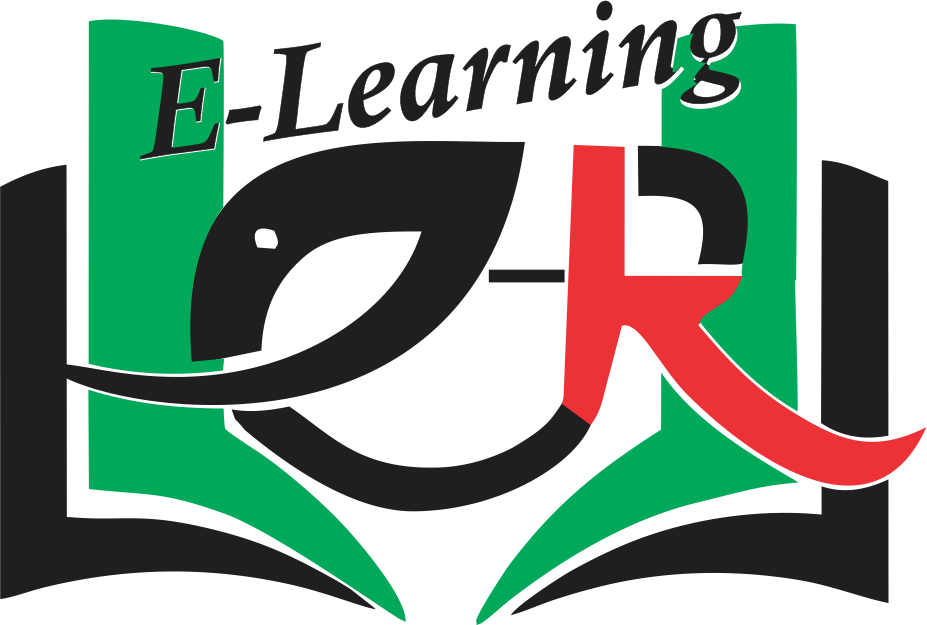In the pursuit of higher education, financial barriers should never impede the journey to knowledge and personal growth. This comprehensive guide aims to illuminate the avenues of financial support available to students, encompassing scholarships, grants, and various forms of financial aid. By understanding and harnessing these opportunities, aspiring learners can bridge the gap between ambition and academic achievement.
1. Scholarships: Bridging Dreams and Reality
Scholarships stand as beacons of hope for students, offering merit-based or need-based assistance. Understanding the types of scholarships available can significantly impact the pursuit of educational goals.
- Merit-Based Scholarships:
- Rewarded based on academic excellence, leadership, or outstanding achievements.
- Open doors to prestigious institutions and recognition.
- Need-Based Scholarships:
- Tailored for students with demonstrated financial need.
- Alleviate the burden of tuition and associated costs.
- Subject-Specific Scholarships:
- Cater to students excelling in specific fields such as STEM, humanities, or the arts.
- Foster expertise and excellence in chosen disciplines.
2. Grants: Financial Support Beyond Expectations
Grants serve as invaluable sources of financial aid, often provided by government bodies, non-profit organizations, or institutions. Exploring grant opportunities broadens the spectrum of available financial support.
- Federal Grants:
- Pell Grants and Federal Supplemental Educational Opportunity Grants (FSEOG) are federal initiatives addressing financial need.
- Provide financial assistance for undergraduate students.
- Institutional Grants:
- Colleges and universities may offer grants based on academic achievements, leadership, or unique talents.
- Encourage students to explore institutional grant programs during the application process.
- Research Grants:
- Support students engaged in research projects, encouraging innovation and academic exploration.
3. Financial Aid: Tailoring Assistance to Individual Needs
Financial aid encompasses a diverse range of resources, including scholarships and grants, work-study programs, and loans. Navigating this terrain requires a nuanced understanding of each component.
- Work-Study Programs:
- Combine part-time employment with educational pursuits.
- Foster practical skills while easing financial burdens.
- Loans:
- Federal and private loans provide financial assistance but necessitate repayment.
- Understand loan terms, interest rates, and repayment plans before committing.
4. Application Strategies: Maximizing Success
Securing financial assistance requires strategic planning and diligent application efforts.
- Research Extensively:
- Identify a spectrum of scholarships, grants, and financial aid options.
- Tailor applications to align with specific eligibility criteria.
- Craft Compelling Essays:
- Articulate personal narratives, aspirations, and achievements.
- Demonstrate how financial support aligns with educational and career goals.
- Seek Professional Guidance:
- Consult academic advisors, teachers, or mentors for insights and recommendations.
- Leverage resources provided by educational institutions and online platforms.
Conclusion: Empowering Educational Journeys
In the realm of education, financial constraints should never eclipse the pursuit of knowledge. By harnessing the multitude of scholarships, grants, and financial aid opportunities available, students can unlock doors to academic excellence and personal growth. This comprehensive guide serves as a roadmap, empowering individuals to navigate the intricacies of educational funding and embark on transformative educational journeys.

